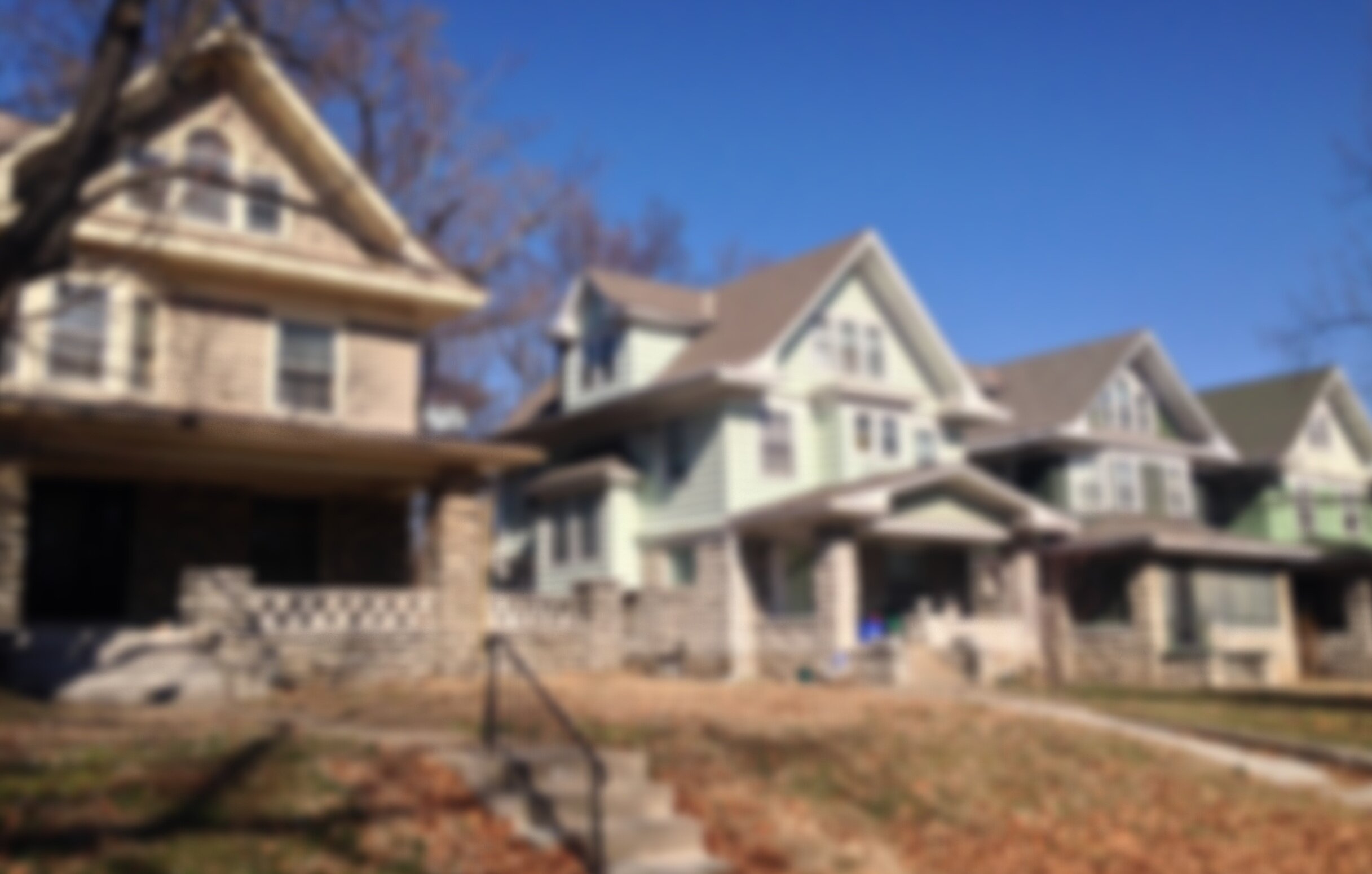
Santa Fe Neighborhood
Santa Fe Neighborhood
In 1827, John Thornton became the first person to file a claim on the 520 acres of land known today as the Santa Fe Neighborhood. The land was used as a distillery and grain mill to serve the people on the Santa Fe Trail and those in the Westport and Kansas City areas. In 1835 the land was purchased by Jones and Rachel Lockridge, who had five children and several enslaved African Americans.
Between 1850 and 1860, Thomas Lockridge, a son, extended the farm’s boundaries. During the Civil War, Thomas Lockridge sold much of the family’s farm, with the exception of the family homestead. (By his father’s will this property could only be transferred from one Lockridge to another, not sold.) After Thomas’s death in 1868, relatives had the will revoked, and in 1893 they began developing an exclusive residential neighborhood called Santa Fe Place. By 1915, Santa Fe had the reputation as “the place to live” for the rich and powerful in Kansas City.
In 1931, the Santa Fe Place neighborhood created a covenant that “no real estate in Santa Fe Place could be sold, given, rented to or occupied by black people for a period of thirty years.” Despite the covenant, in 1948, Dr. D.M. Miller and his wife became the first African American family to establish residency in Santa Fe. The Missouri Supreme Court ruled the covenant unconstitutional and illegal in 1949. By the 1950s, affluent African American families began moving into the neighborhood.
“The chronic racism of the city's metropolitan area became more blatant in the 1930s as Kansas City's Black citizens sought more and better housing. The issue of racism and housing came to a head in the Santa Fe neighborhood. The Santa Fe neighborhood became the first major residential area in Kansas City where middle and upper class Blacks found a totally residential area in which to live and an area which reflected.”
— Priscilla Jackson-Evans, History Consultant, Black Archives of Mid America





